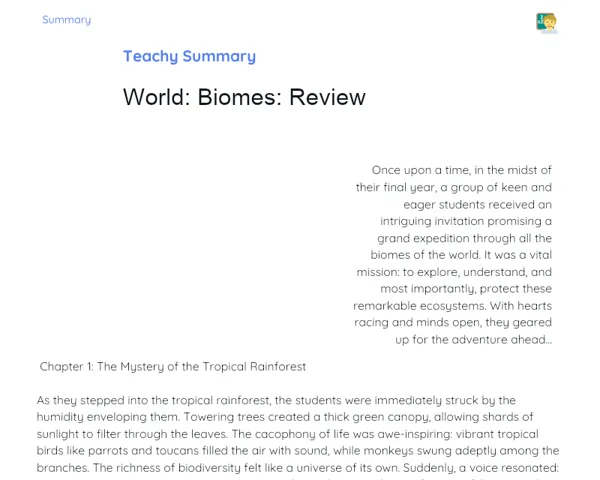Goals
1. Identify the characteristics of natural phenomena (rain, wind, heat) in the students' living environments.
2. Describe how these phenomena impact daily activities and the surrounding environment.
3. Encourage students' curiosity and observation about the rhythms of nature in their surroundings.
4. Foster communication and sharing of experiences among students.
Contextualization
Natural phenomena like rain, wind, and heat are pivotal in our daily lives. They affect aspects as simple as our clothing choices to the kind of outdoor activities we can engage in. Understanding these natural rhythms is essential for making the most of the environment we live in. For instance, being aware of impending rain helps us plan family outings or school events. Additionally, sectors like agriculture and construction heavily rely on weather forecasts to ensure safety and efficiency in their operations.
Subject Relevance
To Remember!
Rain
Rain is a natural occurrence that happens when water droplets form in clouds and descend to the ground. It's essential for supporting life on Earth, as it provides vital water for plants, animals, and humans.
-
Rain is critical for agriculture, allowing for the natural irrigation of crops.
-
It can significantly influence the scheduling of outdoor activities, such as playtime and events.
-
The volume of rain in a region can determine the main types of plants that thrive there.
Wind
Wind refers to the movement of air in the atmosphere, caused by variations in pressure and temperature. It can range from a mild breeze to severe storms. Wind affects our daily lives and the environment in multiple ways.
-
Wind is harnessed in various forms of renewable energy, like wind turbines.
-
It can alter the perceived temperature, making it feel cooler on chilly days or more bearable on hot days.
-
It plays a significant role in pollination of plants and distribution of seeds.
Heat
Heat represents energy associated with temperature increase. It is fundamental to life on Earth, influencing climate and the change of seasons. Heat originates from different sources, including the sun, fire, or even household appliances.
-
The heat from the sun is vital for photosynthesis, which allows plants to produce food.
-
It can affect daily planning in terms of appropriate clothing and hydration.
-
Extreme heat can impact human health, potentially leading to dehydration and other health issues.
Practical Applications
-
Agriculture: Farmers depend on weather forecasts to manage irrigation, harvesting, and planting schedules.
-
Construction: Engineers and builders rely on weather predictions to schedule their work, avoiding risks associated with heavy rains or strong winds.
-
Transportation: Pilots and ship captains require accurate weather data to ensure safe travel.
Key Terms
-
Natural Phenomena: Events that occur in nature, such as rain, wind, and heat, which impact our environment and daily life.
-
Weather Forecast: The method of predicting future weather based on meteorological data.
-
Meteorology: The scientific study of atmospheric and climate-related phenomena.
Questions for Reflections
-
How do the natural phenomena you see at home or school affect your day-to-day activities?
-
In what ways can accurate weather forecasting enhance safety and efficiency in different professions?
-
Why is it significant to cultivate observational and descriptive skills regarding natural phenomena from a young age?
Weekly Weather Diary
Create a weather diary to keep track of the weather conditions at your home or school over a week.
Instructions
-
Find a notebook or some loose sheets of paper to maintain your weather diary.
-
Each day, observe and note down the weather conditions, including temperature, rain, wind, and how it felt.
-
Describe how these conditions affected your daily activities. For example: 'Today it rained, and I had to use an umbrella to reach school.'
-
Use drawings, charts, or tables to illustrate your observations.
-
At the end of the week, review your notes and contemplate how natural phenomena shaped your routine.



